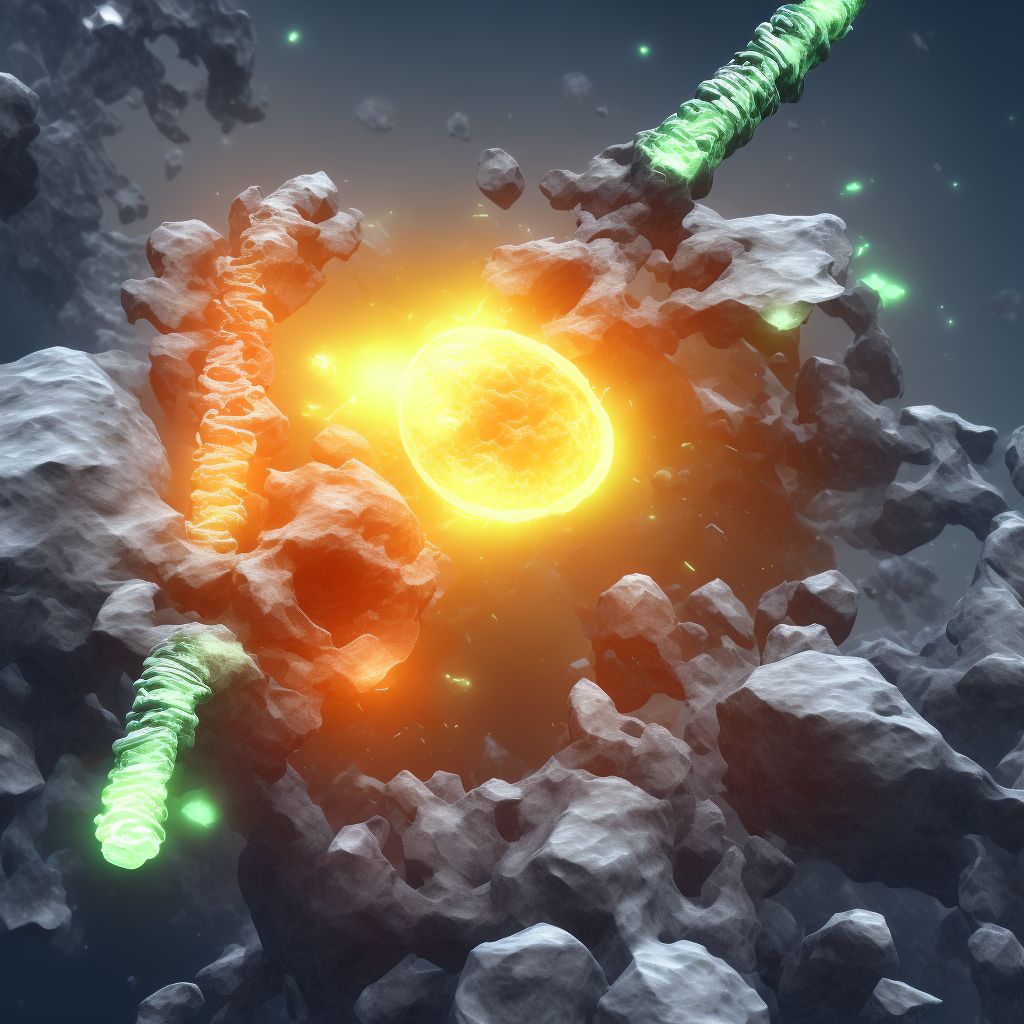
Displaced transverse fracture of shaft of unspecified tibia, subsequent encounter for open fracture type IIIA, IIIB, or IIIC with nonunion Save
ICD-10 code: S82.223N
Disease category: S82.223: Displaced transverse fracture of shaft of unspecified tibia
Understanding Displaced Transverse Fracture of the Tibia Shaft
A displaced transverse fracture of the shaft of an unspecified tibia can be a serious medical condition that requires immediate attention. This type of fracture refers to a break in the tibia bone that occurs in a straight line across the bone shaft and is displaced, meaning the bone ends are not aligned properly. In subsequent encounters, open fractures of type IIIA, IIIB, or IIIC with nonunion may be observed.
When a transverse fracture occurs, it can cause significant pain, swelling, and limited range of motion in the affected leg. It is crucial to seek medical help promptly to prevent further complications.
- Symptoms: Displaced transverse fractures of the tibia shaft can result in severe pain, swelling, and bruising around the fractured area. There may also be difficulty in bearing weight, and the affected leg may appear deformed or shortened.
- Diagnosis: To diagnose this type of fracture, a healthcare professional will conduct a physical examination and order imaging tests such as X-rays or CT scans. These tests help determine the severity and displacement of the fracture.
- Treatment: While we won't discuss treatment here, it is worth mentioning that treatment options for displaced transverse fractures can include closed reduction (manually realigning the bones), external fixation (using pins and an external frame to stabilize the fracture), or internal fixation (surgically implanting plates, screws, or rods to hold the bone in place).
- Complications: If left untreated or improperly managed, displaced transverse fractures of the tibia shaft can lead to complications such as delayed or nonunion of the bone, infection, nerve damage, or compartment syndrome.
It is essential to consult with a healthcare professional for a proper diagnosis and treatment plan tailored to each individual's needs. Early intervention and appropriate management can significantly improve the chances of a successful recovery and reduce the risk of long-term complications.
Remember, this article provides general information about displaced transverse fractures of the tibia shaft and subsequent encounters for open fractures type IIIA, IIIB, or IIIC with nonunion. For specific medical advice and treatment options, please consult a qualified healthcare professional.
Treatment of Displaced transverse fracture of shaft of unspecified tibia, subsequent encounter for open fracture type IIIA, IIIB, or IIIC with nonunion:
Treatment Options for Displaced Transverse Fracture of Shaft of Unspecified Tibia, Subsequent Encounter for Open Fracture Type IIIA, IIIB, or IIIC with Nonunion
A displaced transverse fracture of the shaft of an unspecified tibia, subsequent encounter for open fracture type IIIA, IIIB, or IIIC with nonunion is a complex injury that requires careful treatment and management. This ty...
To see full information about treatment please Sign up or Log in